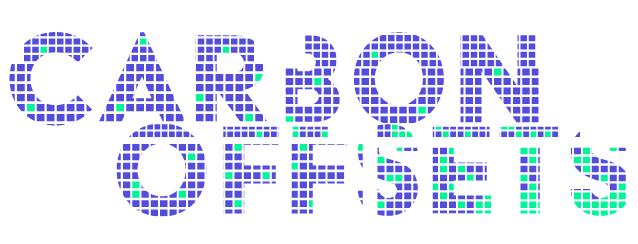Carbon offsets can be purchased by companies, governments or individuals seeking to meet a net-zero target or simply make a contribution to tackling climate change.
This process is often presented as a simple transaction in which paying for the offset directly leads to, say, trees being planted or wind turbines erected.
In reality, a complex system of project developers, auditors, registries and third-party suppliers stands between the buyer and the emissions-cutting project.
Theoretically, the offsetting arithmetic is simple, with an emissions increase in one place cancelled out by an emissions reduction somewhere else. But, along the way, there are plenty of opportunities for errors – intentional or otherwise – to creep in.

This article is part of a week-long special series on carbon offsets.
The infographic below explains the journey of a typical – but fictionalised – offset purchased on the voluntary market. It includes annotations to indicate problems that can arise and undermine the entire process.

What happens to emissions when you purchase a carbon offset?
1
London, UK
Charlotte Arbon buys a plane ticket from the airline Woop Air and pays extra for trees to be planted in Kenya.
Risk: Offsets can provide Charlotte with justification for continuing a high-emitting activity.
2
London, UK
Woop Air claims it is a net-zero airline that offsets its emissions through its FlyZer0 programme.
Risk: The claim relies on offsets that might exaggerate their ability to reduce emissions.
3
Oslo, Norway
Woop Air has a partnership with GoGreenest, a business that buys offsets in bulk and sells them to companies.
Risk: Both Woop Air and the Kenyan government can claim to have reduced their emissions with the same offsets, raising the risk of “double counting”.
4
Denver, US
Green Action Services Group is a consultancy and project developer managing climate-related programmes in Kenya and selling offsets they generate to GoGreenest.
Risk: Offsets are not bought directly from the project and instead pass through middlemen, meaning less money for those at the bottom.
5
Nakuru, Kenya
The owner of the tree-planting site is the Kenya Forest Carbon Initiative, which works on the ground with farmers and with Green Action Services Group to register offsets.
Risk: Developers could overstate the amount of CO2 emissions that are being removed by their tree-planting projects.
6
Zurich, Switzerland
The credits sold by Green Action Services Group have been certified and issued by the Real Carbon Registry, a non-profit, based on its own set of standards.
Risk: Investigations have revealed that many offsets in registries are “junk” because they are old or based on questionable methodologies.
7
Washington DC, US
An auditor from Sustaino Solutions Inc, a validation and verification body, travels to Kenya to ensure the Green Action Services Group projects are up and running.
Risk: They are chosen by the project developers, raising an impartiality risk.
8
West Kenya
Local farmers plant stands of trees in places once occupied by other crops.
Risk: Scores of investigations have uncovered evidence of carbon offset projects forcing local people from their homes and farmland.
